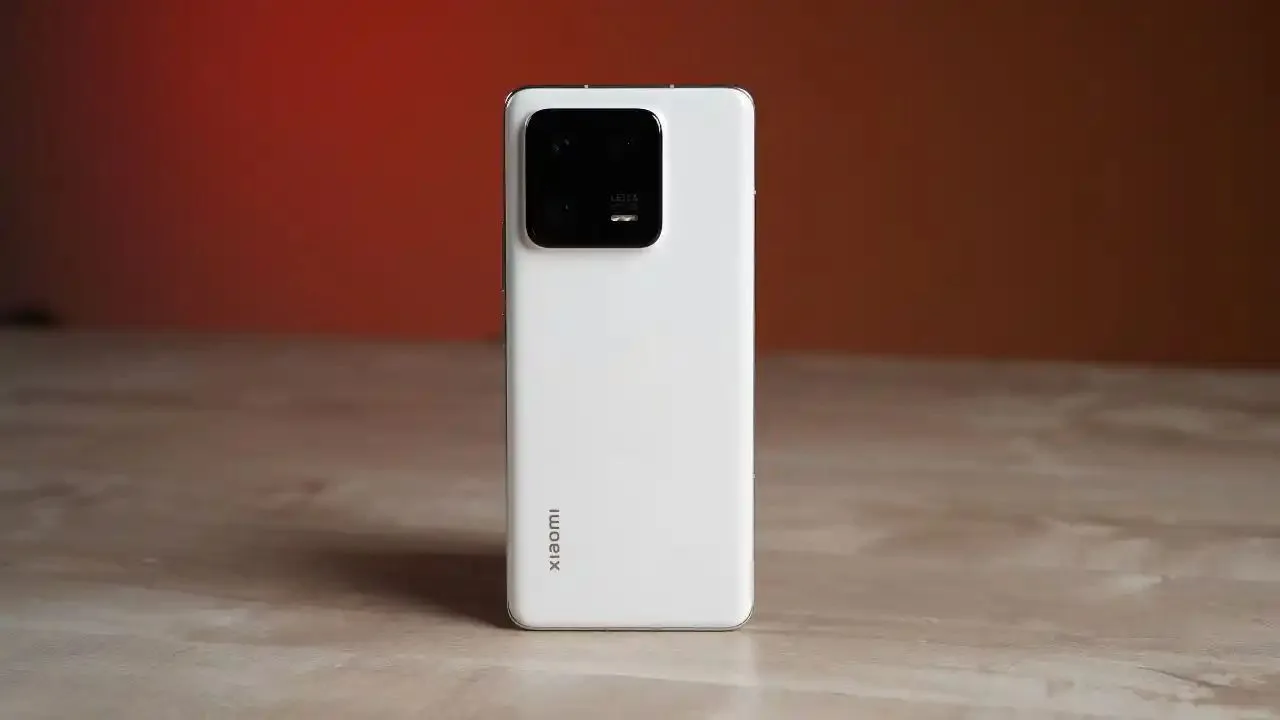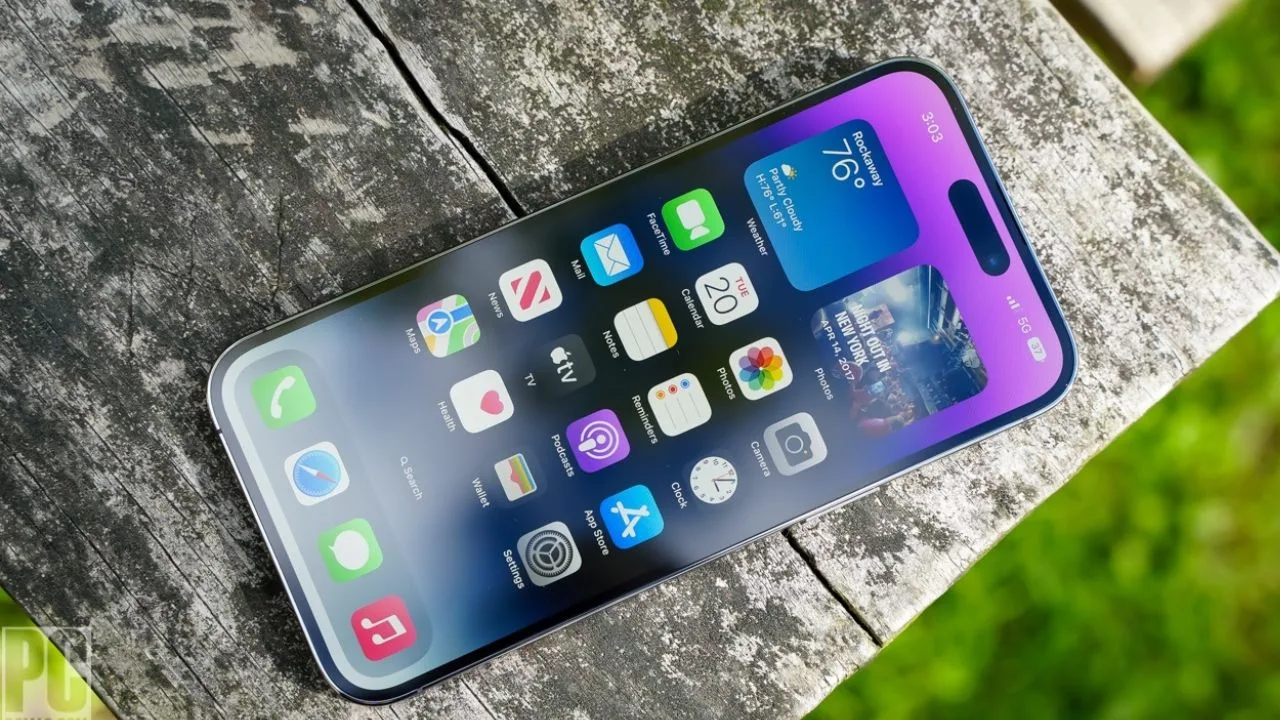Xiaomi 13 vs iPhone 14: Now, considering the two flagships such as Xiaomi 13 and iPhone 14, one has to work out the comparisons considering design and performance in terms of camera, battery, and price, to gauge which would suit one’s requirements better.
Both are surely powerfully packed with great features. However, they have different users in mind. This comparison gives you an idea of just how these two devices are different and where they are similar to assist in making a decision.
Design and Build
Xiaomi 13
Its body is considerably bigger, at 168.6 x 76.3 x 8.3 mm, with a weight of 205 grams. It features glass in the front and back, a plastic frame, and IP53 rating-meaning at least it provides some dust and splash resistance. So does the hybrid dual SIM slot accommodate some flexibility in connectivity.

iPhone 14
In a whole different direction, the iPhone 14 is compact, with dimensions of 146.7 x 71.5 x 7.8 mm, and weighing just 172 grams. You get a premium glass back and front, courtesy of Corning, and the frame is aluminum. The IP68 rating is also on the iPhone 14, but this has greater water resistance, going up to 6 meters for 30 minutes; that makes it tougher in extreme conditions.
Also Read: Sony Xperia 5 IV: Detailed Review of Specifications, Features, and Pricing
Display Technology
Xiaomi 13
Xiaomi offers a 6.79-inch IPS LCD display with a refresh rate of 90Hz and peak brightness of 550 nits. Its resolution comes out at 1080 x 2460 pixels, translating into an approximate pixel density of 396 ppi, which is good enough for everyday sharpness. The display is covered by Corning Gorilla Glass to ensure durability.
iPhone 14
While the leading man of Apple has a slightly smaller 6.1-inch Super Retina XDR OLED display, its 1170 x 2532 pixels translate into a higher density of about 460 ppi. The iPhone also boasts HDR10 and Dolby Vision support and has a peak brightness of up to 1200 nits, which also makes it a bit better than the opponent in terms of viewing quality. Moreover, it has protection using the Ceramic Shield glass for added durability.
Performance and OS
Xiaomi 13
It shall be powered by the Mediatek Helio G91 Ultra chipset, fabricated on a 12nm process, paired with Android 14 and HyperOS. Hence, it is an octa-core processor with two Cortex-A75 cores running at 2.0 GHz and six Cortex-A55 cores running at 1.8 GHz for multitasking. Mid-range gaming is supported on this device by the Mali-G52 MC2 GPU.
Also Read: Sony Xperia 5 IV: Detailed Review of Specifications, Features, and Pricing
iPhone 14
Apple iPhone 14 fit with Apple A15 Bionic chipset, the chip is fabricated using a 5 nm technology that gives the device a more rapid performance. It has a hexa-core CPU:
- Dual high-performance Avalanche cores running at 3.23 GHz.
- Quad energy-efficient Blizzard cores.
- More importantly, Apple GPU installed with 5-core graphics does a great job in gaming and photo editing. iOS 16 installed and can upgrade to iOS 17.
Camera Capabilities
Xiaomi 13
The back of the Xiaomi has a dual-camera setup consisting of a 108 MP main sensor and a 2 MP macro lens. The main camera uses PDAF for focusing and shoots very nicely with great detail. It will also have maximum video recording of 1080p@30fps. It has a 13 MP selfie camera in the front, which has the same capacity in terms of video recording.
iPhone 14
The dual-camera setup is a bit higher on the iPhone 14, now with a main wide lens that counts 12 MP, sensor-shift OIS included, and an ultrawide-angle camera with a larger 120° angle. Its video recording is one of the top selling points: 4K shooting goes up to 60fps, Dolby Vision HDR, and stereo sound. The front camera comes with 12 MP and supports autofocus and high-quality video at 4K@60fps.
Battery and Charging
Xiaomi 13
Xiaomi also provides a larger 5030 mAh battery with up to 33W wired charging. While the battery will last all day without any problem, it also lacks some of the high-end feature elements, including wireless charging.
iPhone 14
This is countered in the iPhone 14, which houses a smaller 3279 mAh battery with better power management. That said, it does feature wired PD2.0 fast charging-50% in 30 minutes-and 15W MagSafe wireless charging. While the battery capacity of the iPhone 14 is smaller, Apple’s ecosystem and software optimisation do provide quite decent battery life.
Comparison of Prices
Xiaomi 13
This makes the offering from Xiaomi significantly more affordable at around $135, approximately ₹11,000. Thus, users get a brilliant value-for-money proposition where flagship features are available in budgets.
iPhone 14
iPhone 14 Priced at ₹60,900, the iPhone 14 caters to an entirely different segment with its premium build quality, enhanced performance, and richer ecosystem. The advanced camera system, new software updates, and ecosystem benefits justify the price bump for high-end iPhones themselves.
Also Read: Sony Xperia 5 IV: Detailed Review of Specifications, Features, and Pricing
